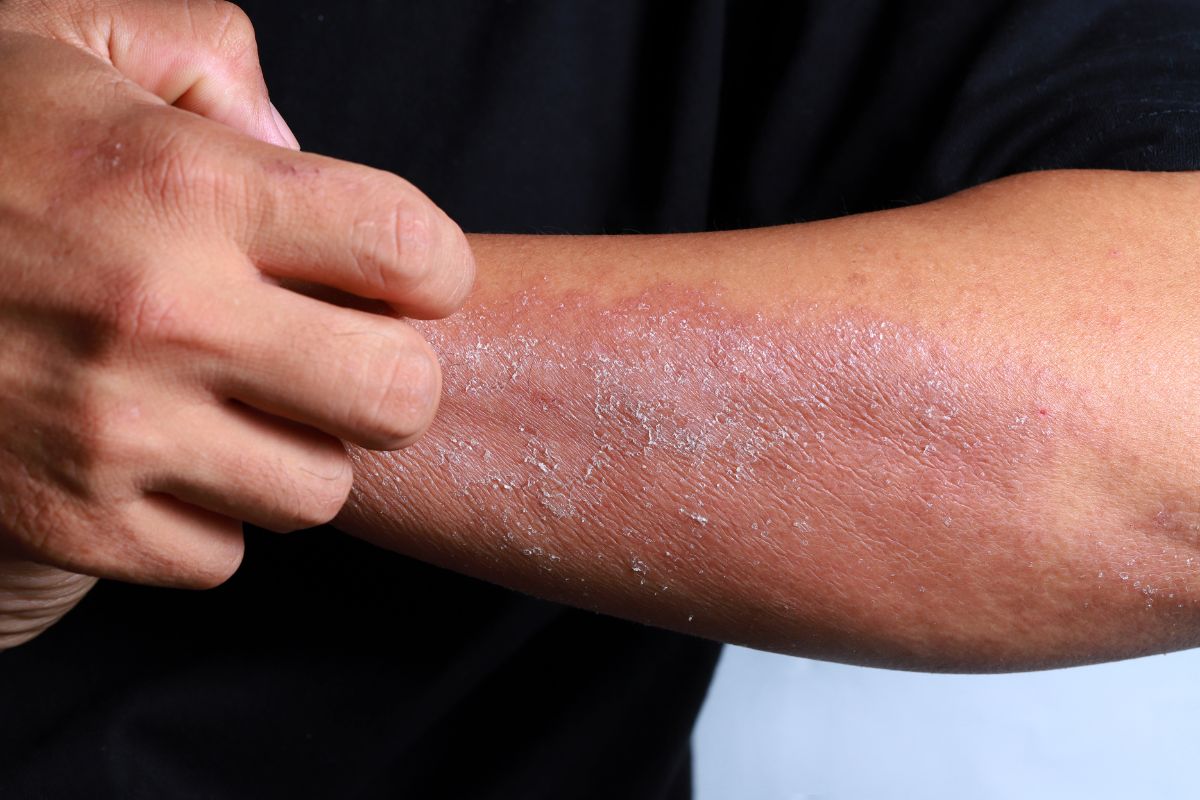Warning: mysqli_connect(): (HY000/1040): Too many connections in /home/allperfectstorie/public_html/wp-content/themes/twentytwentyone-child/functions.php on line 448
Warning: mysqli_query() expects parameter 1 to be mysqli, bool given in /home/allperfectstorie/public_html/wp-content/themes/twentytwentyone-child/functions.php on line 452
Warning: mysqli_fetch_assoc() expects parameter 1 to be mysqli_result, null given in /home/allperfectstorie/public_html/wp-content/themes/twentytwentyone-child/functions.php on line 464
Warning: mysqli_connect(): (HY000/1040): Too many connections in /home/allperfectstorie/public_html/wp-content/themes/twentytwentyone-child/functions.php on line 448
Warning: mysqli_query() expects parameter 1 to be mysqli, bool given in /home/allperfectstorie/public_html/wp-content/themes/twentytwentyone-child/functions.php on line 452
Warning: mysqli_fetch_assoc() expects parameter 1 to be mysqli_result, null given in /home/allperfectstorie/public_html/wp-content/themes/twentytwentyone-child/functions.php on line 464
If you’ve heard of pyoderma gangrenosum, you might be wondering what it is and how it can be managed. This guide will help you understand the causes, symptoms, diagnosis, and treatment options for this condition. By the end, you’ll have a clearer picture of what pyoderma gangrenosum is all about and what you can do if you or a loved one is dealing with it.
What is Pyoderma Gangrenosum?
Pyoderma gangrenosum (PG) is a rare, chronic skin condition that leads to painful ulcers or sores. Despite its name, it is not a form of gangrene nor is it infectious, but it can be aggressive and challenging to treat. The sores typically develop on the legs, but they can also appear on other parts of the body, including the arms, face, or trunk.
Causes of Pyoderma Gangrenosum
The exact cause of p gangrenosum is unknown, but it’s thought to be related to an overactive immune system. In many cases, PG is associated with underlying conditions, which is why it’s crucial to consider the broader context of a person’s health when diagnosing and treating it.
Autoimmune Conditions and Pyoderma Gangrenosum
Many individuals with pyoderma gangrenosum have an underlying autoimmune condition, such as inflammatory bowel disease, rheumatoid arthritis, or lupus. These conditions are characterized by the immune system attacking the body’s own tissues, which might explain why PG occurs in these patients.
Genetic Factors
Some research suggests that genetic factors might play a role in developing pyoderma gangrenosum. A family history of autoimmune conditions could increase the risk of developing PG, but more studies are needed to confirm this link.
Symptoms
The main symptom of pyoderma gangrenosum is the development of painful ulcers or sores. These sores usually start as small, red or purple bumps that quickly grow and break open, forming large, deep ulcers.
Early Symptoms
Early symptoms of pyoderma gangrenosum can include small red or purple spots on the skin, often mistaken for insect bites or minor infections. These spots can be sensitive to touch and may start to swell.
Advanced Symptoms
As the condition progresses, these spots can grow into large, open sores. The ulcers are usually deep, with irregular edges, and can be extremely painful. The surrounding skin may be swollen and tender, and there could be a clear or yellowish discharge.
Diagnosis and Testing
Diagnosing pyoderma gangrenosum can be challenging because it shares symptoms with other conditions, such as infections and skin diseases. A comprehensive evaluation is needed to confirm the diagnosis.
Medical History Review
A thorough review of the patient’s medical history is the first step. This includes discussing any existing autoimmune conditions, recent injuries, or other factors that might be contributing to the skin ulcers.
Biopsies and Lab Tests
To confirm the diagnosis, doctors often perform a biopsy, taking a small sample of tissue from the ulcer for examination. Lab tests may also be done to rule out other possible causes, such as infections or other skin diseases.
Treating Pyoderma Gangrenosum
Treatment for pyoderma gangrenosum depends on the severity of the condition and the patient’s overall health. The goal is to reduce inflammation, promote healing, and manage pain.
Topical Treatments
For mild cases of PG, topical treatments like corticosteroid creams or ointments can help reduce inflammation and promote healing. These are applied directly to the ulcers to reduce their size and pain.
Systemic Treatments
In more severe cases, systemic treatments are used. These might include oral corticosteroids or immunosuppressive medications that help control the overactive immune system. Biologics, a newer class of drugs targeting specific parts of the immune system, may also be used in some cases.
Living with Pyoderma Gangrenosum
Living with pyoderma gangrenosum can be challenging due to the pain and discomfort caused by the ulcers. However, with proper treatment and support, many people can manage their symptoms and maintain a good quality of life.
Managing Symptoms at Home
Managing symptoms at home involves keeping the ulcers clean and covered to prevent infection. Regular bandage changes and applying prescribed topical treatments can help. It’s also important to follow the doctor’s instructions regarding medication and care.
When to Seek Medical Attention
If the symptoms worsen or new ulcers develop, it’s crucial to seek medical attention immediately. Early intervention can prevent complications and improve outcomes.
Preventing Pyoderma Gangrenosum Flare-Ups
Preventing flare-ups involves managing the underlying conditions and taking steps to reduce stress on the body.
Lifestyle Changes
Lifestyle changes can help prevent flare-ups of granuloma annulare. Reducing stress with relaxation techniques, maintaining a healthy diet, and engaging in regular exercise are beneficial. When dealing with mal perforant plantaire, it’s crucial to protect your feet and choose low-impact activities. These changes can help manage symptoms and improve your overall well-being.
Medication Management
Following the prescribed medication regimen is essential. Missing doses or stopping medication without consulting a doctor can lead to flare-ups and worsen the condition.











